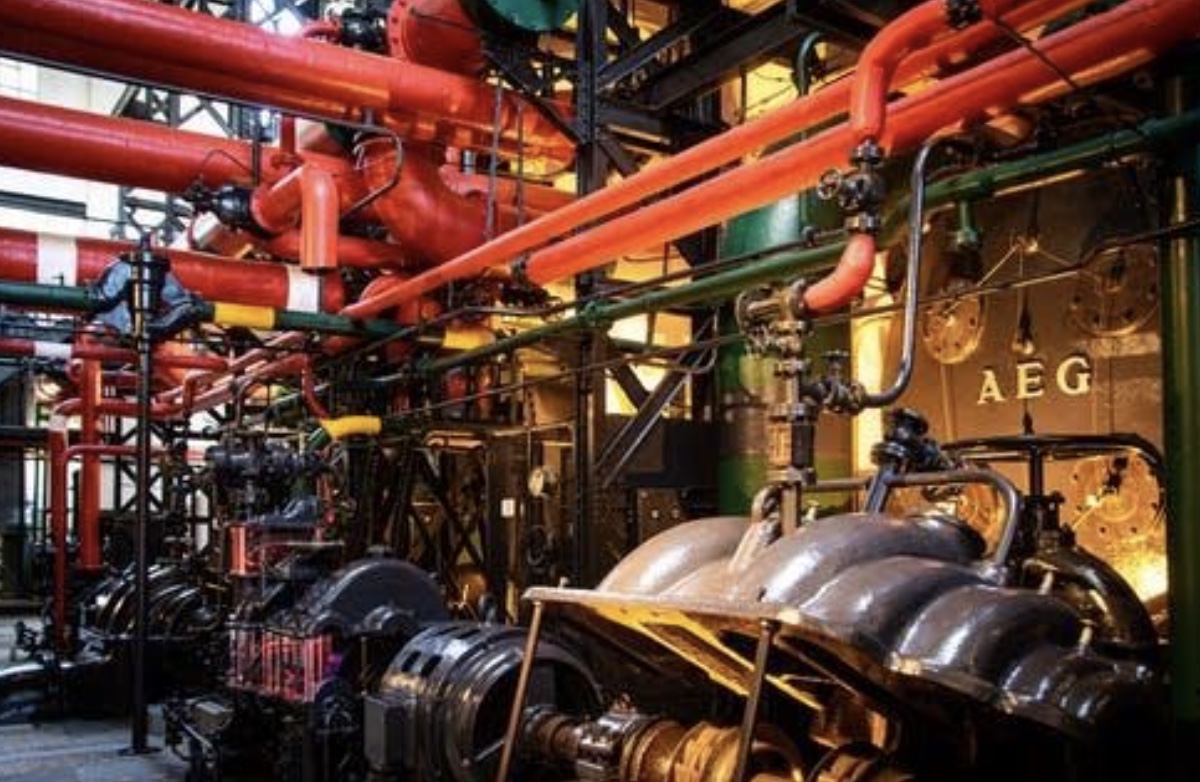Predictive maintenance is not just a catchphrase, it is a ground-breaking technique that helps millions of businesses across the world improve performances, cut costs, and boost revenues. More and more plants and factories take advantage of this innovative approach to the idea of maintenance, reaping the full benefits of implementing AI in their systems. If predictive maintenance is still new for you, here are 6 easy steps to understand this concept and learn how to make the most of integrating it into the maintenance program of your business. Let’s take a closer look at what all the buzz is about.
Contents
What Is Predictive Maintenance?
Just as the name of this technique suggests, predictive maintenance or PdM, with the assistance of innovative solutions from Grace Technologies, was designed to identify operational anomalies and potential defects in various equipment and processes long before they can trigger a failure. The big idea behind this concept is that any possible problem can be detected and fixed before it happens, providing for the lowest possible maintenance frequency and, as a result, eliminating the need for additional costs for fixing. In addition to that, PdM is also known as an excellent technique for minimizing preventive maintenance, which is usually associated with the risk of wasting time and money on parts that still do not need your attention.
How PdM Actually Works
A very complex technique based on the combination of artificial intelligence, the IoT (internet of things), and big data, predictive maintenance is pretty easy to implement for an end-user. Simply put, it delivers results through processing both historical and real-time data taken from different parts of a plant’s operation in order to predict eventual issues and problems before they are going to happen. This method is also known as conditional monitoring, which pretty clearly describes what it actually does: monitor all elements of your system, looking for warning signs that indicate the onset of even the smallest failure, which, when left unattended, can easily turn into a big problem or a real disaster.
#1 The Way PdM Halves Maintenance Operation Costs

Huge savings on maintenance is the main reason why PdM is gaining momentum across a wide variety of industries. According to a recent survey of 600 plants that have incorporated the aforementioned technology, the implementation of predictive maintenance in manufacturing usually halves the actual costs while some plants have seen even more impressive drops in expenses. These results come as no surprise given that PdM can almost eliminate big unexpected machine failures that are the most expensive part of the whole plot due to the high costs of spare parts, the amount of time needed to fix them, and other factors.
#2 Why PdM Can’t Replace Traditional Methods
It’s of utmost importance to understand that predictive maintenance is not a replacement for old good run-to-failure or preventive methods but rather an innovative and incredibly valuable addition to the traditional elements of the plant maintenance scheme. Predictive maintenance serves to significantly decrease the number of unexpected issues and failures by facilitating a highly reliable tool for scheduling preventive tasks. Once again, do not think that you can substitute all other methods with this sophisticated option but it’ll make things much easier and, well, more predictive.
#3 PdM vs. Condition-Based Maintenance
Even though condition-based and predictive maintenance have a lot in common in terms of the techniques they employ, the latter performs more diagnostic analysis in order to anticipate future events. More than that, condition-based maintenance doesn’t cover the diagnosis of faults, which makes PdM definitely more superior when it comes, for instance, to prolonging the life of a machine by performing an intermediate treatment. Another important point is that PdM facilitates the highly precise calculation of the remaining life of a certain component or part, providing for on-time scheduled maintenance during non-active hours.
#4 Industries That Can Benefit From Using PdM

Conditional monitoring brings a plethora of benefits to a broad range of industries, from health care to energetics. Banking and cybersecurity are also part of the plot, however, companies that belong to the process manufacturing industry are seen as the top beneficiaries of predictive maintenance. Naturally, this fact comes as no surprise providing a tremendous number of networked moving parts, each of them may consist of dozens or hundreds of pieces. Among the process industries that leverage numerous opportunities brought by PdM are pharmaceutical industries, petrochemical, and chemical processing plants, oil and gas industries, various factories that make beverages, refineries, as well as cement plants and paper, and pulp plants.
#5 Alerts Generation
Being warned is a great advantage but what if some generated alerts are false? Well, it’s common knowledge, nothing in this world is 100% sure and the predictive maintenance technique is not an exception. Fortunately, the rate of false alerts for PdM is really low or, to put it more precisely, negligible, especially in comparison to traditional methods including condition-based maintenance. Process engineers claim that there is a huge difference between working with and without predictive maintenance. Namely, without this sophisticated “weapon” they have to analyze a lot of false or irrelevant alerts, which can be pretty overwhelming, time-consuming, and exhaustive. PdM, in its turn, lets them focus on what really matters and react only to grounded alerts.
#6 Mastering The PdM System
As already mentioned, the majority of predictive maintenance systems are relatively easy to use, however, a plant’s operational team may need additional education on dealing with it in the most effective way. Again, serious providers of conditional monitoring solutions will offer customers competent support available at any time and for every issue. By the way, when choosing your would-be vendor, discuss the topic of necessary education of your in-house team from the very start, not only to avoid additional expenses but also to take full advantage of the state-of-the-art technology you are going to implement.
Predictive maintenance delivers a wide range of benefits with a dramatic reduction in both repair costs and time being the major advantages. However, since there is no one-size-fits-all PdM solution, make sure your vendor is able to build a system that caters perfectly to your needs.
